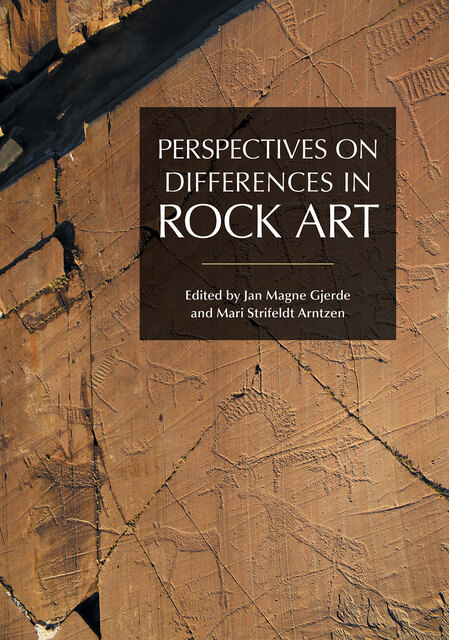Gjerde & Arntzen/Perspectives, 8. The Mind in the Wild

Full description
This chapter presents the concept of the ‘moteme’ as a key to understanding Late Mesolithic rock art on the Scandinavian Peninsula (i.e. today’s Norway and Sweden). Motemes are defined as specific motif types that thematise different stages of the ‘hunting cycle’. Inspired by Claude Lévi-Strauss’s concept of the ‘mytheme’, motemes imbue and express the metaphoric connection – and the ambiguous opposition – between communities of humans and communities of elk (or other large cervids). Motemes have been reproduced and ‘repeated’ throughout the study area, with some variation in composition. Motemes have also been subject to ‘transformations’. Motemic repetitions, variations and transformations are regarded as both devices for, and products of, the intellectuality of the Mesolithic mind. As such, the motifs in question are examples of ‘wild thinking’ – of the ‘free play of thought’ made manifest in rock art.
- typeImage
- created on
- file formatjpg
- file size569 KB
- container titlePerspectives on Differences in Rock Art
- creatorIngrid Fuglestvedt
- isbn9781781799192 (eBook)
- publisherEquinox Publishing Ltd.
- publisher placeSheffield, United Kingdom
- rights holderEquinox Publishing Ltd.
- doi
We use cookies to analyze our traffic. Please decide if you are willing to accept cookies from our website. You can change this setting anytime in Privacy Settings.
